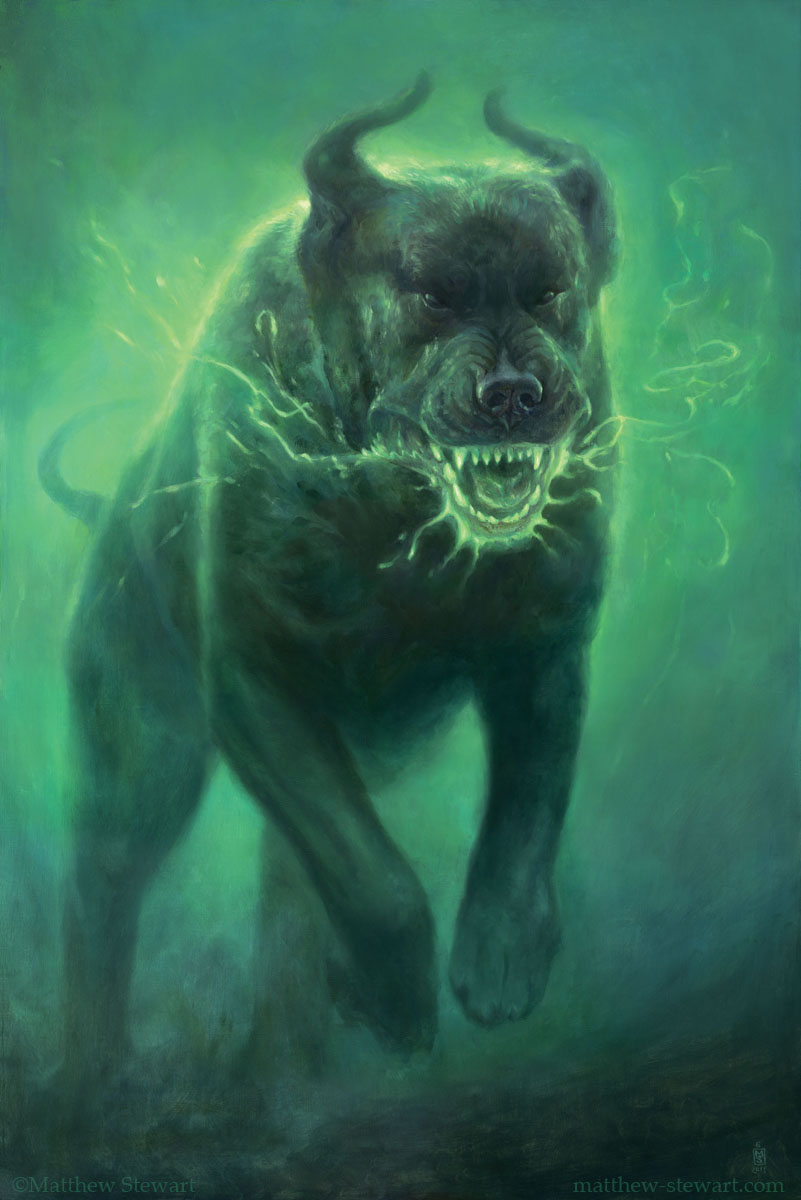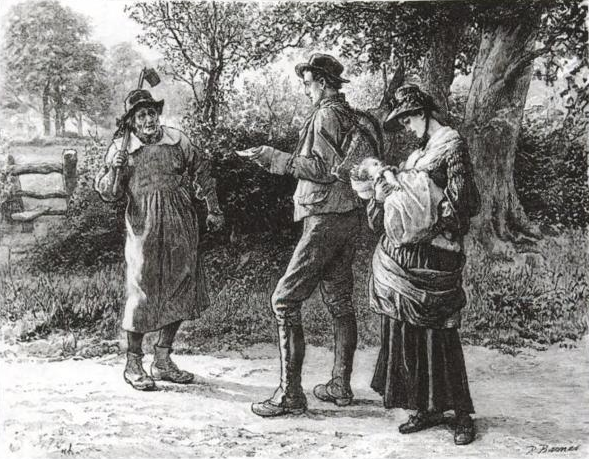Home » Topics / Subgenres » Travel / Place
Category Archives: Travel / Place
The Hunchback of Notre-Dame
(Notre-Dame de Paris)
Victor Hugo
1831
(Love for a young gypsy woman allows an ugly man to rise above the world’s hatred of him, and to show his inner beauty).

Beauty and beast stories are thousands of years old. Here is how they generally go: a beautiful maiden somehow must associate with a character of less-than-alluring appearance, such as an animal, a god in disguise, or a magically uglified human. The girl eventually sees beyond the grotesque exterior to the real person inside, and falls in love. Then very often the whole moral is promptly compromised by the male character’s transformation into the handsome prince. Ah—it’s really about outward appearance (and wealth) after all! I write this with a smirk, as in fact those stories are not claiming that outward appearance should have no importance, but just that love can be demonstrated to be rooted in deeper things if we remove good looks as an experiment. (By the way, we’re generally talking here about removing the man’s good looks. Removing the woman’s good looks is far rarer in literature, as any student of human behavior could have predicted.)
Victor Hugo, perhaps the wisest of the great French novelists, wrote the perfect beauty and beast story—indeed, could do so only because he was wise. He understood beauty and was true to it in all its manifestations; and he understood ugliness and was fearless and trenchant in portraying its effects and implications. The novel is fundamentally about beauty: of Notre Dame cathedral, of Quasimodo its deaf mutant bell-ringer, of Esmeralda the gypsy girl. The beauty is very different in the three examples, except in fragility, which they share—these three beautiful things, a building, a beast, and a belle. And their fragility is due to ugliness, which likewise takes diverse forms.
The Hound of the Baskervilles
Arthur Conan Doyle
1902
(The scientific minds of Holmes and Watson are tested by howls on the moor, the legend of a fiery hell-hound, and a giant pawprint next to a dead nobleman.)

A novel-length Sherlock Holmes mystery! The readers of the Strand Magazine must have been delighted. They must have vigorously discussed with each other the prospects of the case between installments. Releasing a detective story by degrees has got to be risky, since the readers have so much time to figure everything out. There are enough threads interwoven in this story, though, and enough minor details that must be incorporated into a solution, that I suspect almost everyone will be surprised at something in the denouement. Besides, we would need a healthy dose of luck to solve the riddle ourselves, for there are crucial elements about which we can only guess during the narration. These are revealed to us only after Holmes has discovered them and solved the case in his mind. In this way, Doyle all but ensures that competition with the sleuth is beyond our grasp.
Although the most haunting aspect of the typical Sherlock Holmes case is nothing more than the dense fog of pipe smoke around the detective’s chair, Doyle did have an interest in spiritualism, and wrote a few books on the subject. In The Hound of the Baskervilles he combines these two interests by infusing the tale with a strong atmosphere of macabre otherworldliness. Probably more than the facts of the case or its solution, the damp darkness and chilling moans of the moor are likely to remain with us long after we have finished reading the book.
The Mayor of Casterbridge
Thomas Hardy
1886
(The fortunes of a strong-willed hay-trusser prove to be as volatile as he is.)

Michael Henchard is an unemployed field laborer who, under the influence of rum at a fair, impulsively starts to auction off his wife and baby daughter, to much laughter. His wife stands. A hush falls as a sailor actually puts five guineas on the table.
“Now,” said the woman, breaking the silence, so that her low dry voice sounded quite loud, “before you go further, Michael, listen to me. If you touch that money, I and this girl go with the man. Mind, it is a joke no longer.”
But Henchard will not be shamed or threatened. When he says something he means it! And so minutes later he sits there blinking away his disbelief as Susan, with little Elizabeth-Jane, walks away with a stranger. Thus begins The Mayor of Casterbridge: The Life and Death of a Man of Character. Here we see how a person’s destiny is shaped by the interaction of external forces and internal qualities– the world and the self. Take one part circumstance, add one part decision, repeat continually towards success or failure.
The Oregon Trail
Francis Parkman
1848
(Horses, rifles, and knives see a party of adventurers through the land of expansive plains, craggy mountains, buffalo, and the Sioux.)

“Shaw! Buddy!” Imagine a young, spontaneous Yankee calling out to his friend, both of them just out of college. He proposes that they leave the effeminate comforts of the East, and spend a summer adventuring westward into the untamed lands where life is dangerous and fascinating. Francis Parkman explains (ch.II):
“The restlessness, the love of wilds and hatred of cities, natural perhaps in early years to every unperverted son of Adam, was not our only motive for undertaking the present journey. My companion hoped to shake off the effects of a disorder that had impaired a constitution originally hardy and robust; and I was anxious to pursue some inquiries relative to the character and usages of remote Indian nations, being already familiar with many of the border tribes.”
So they did it. In 1846. Francis was 23. And the recollections of that journey, The Oregon Trail: Sketches of Prairie and Rocky-Mountain Life, remain with us as one of the best treatments of the early West that we will ever have. Parkman’s prose has the feel of a chronicle—it is obviously nonfiction, a travelogue. But it is not a ponderous journal of trivia and redundancy through which we must wade for hours to find the few interesting episodes; nor is each sunset a springboard for a forced flight of sentimental fancy in poor imitation of Byron’s Childe Harold or other Old World sketches. Rather, it is an engaging selection of vignettes, personalities, and anecdotes that admit us to the ranks of the “ragamuffin cavalcade” that was Parkman’s expedition. Parkman’s writing is like Parkman himself—the stereotypical American at his best, one might say: direct yet perceptive, practical yet romantic, hearty yet insightful.



The Time Machine
October 18, 2020 / 1 Comment on The Time Machine
H. G. Wells
1895
(A push on a lever, a blurry dizziness, a clap of thunder… and a veil falls away to reveal the world of our far distant descendants.)
Breaking the rule that you have to proceed constantly forward in time at precisely one second per second is as old as the human imagination, appearing even in ancient stories where a god or a bonk on the head could slip you to another point in history. Surprisingly enough, though, the idea of a device or vessel that can carry one through time in the way that wagons and boats carry us through space is apparently less than a century and a half old. Perhaps the backwards-running clock in an 1881 Edward Page Mitchell story is the first time machine in literature; or else, if you have to be able to climb into the thing for it to count, then Enrique Gaspar’s “anacronópete” of his now little-known 1887 novel of that name narrowly beats out H. G. Wells’ 1888 story “The Chronic Argonauts”. Evidently the hyperindustrializing and engine-happy Americans and Western Europeans of the late 19th century, inspired no doubt also by the first stirrings of modern physics, were beginning to let their minds wander as to what a precisely engineered assemblage of gears and rods and bolts might be able to do. The Time Machine is the quintessence of this concept in literature, and is one of the best science fiction stories we have, even given the golden age of that genre that followed.
(more…)